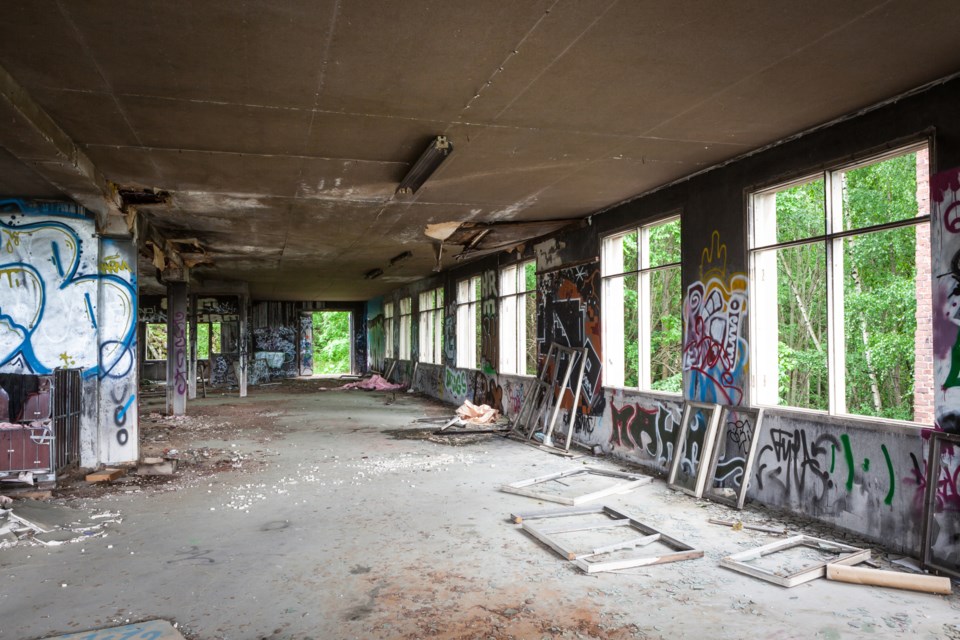Councillor Kim Robinson brought a motion during the regular June 26 meeting of Moose Jaw City Council to look for ways to increase enforcement and penalties on the ‘blight’ of unmaintained, often abandoned buildings in the city.
Robinson moved that an amendment or replacement of Bylaw No. 5484, Property Maintenance and Nuisance bylaw, be brought forward for consideration.
“Since I was elected a couple of years ago, we’ve had this issue, and granted I think we’ve made some pretty good ground on some of these vacant buildings,” Robinson explained to council. “But the bottom line is they’re a blight to our city.
“I think that we need a specific strategy to deal with some of these things.”
Robinson noted that Rick Bourassa, chief of the Moose Jaw Police Service, had talked about the broken windows theory at a recent public event.
The ‘broken windows’ theory stems from the field of criminology and was originally proposed by a pair of social scientists in 1982. It gained popularity in the ’90s when it saw widespread application in New York City. The idea is that seemingly small issues like broken windows, abandoned or overgrown lots and neglected buildings, graffiti, loitering, and trash buildup all send a message that no one cares.
That apathy attracts criminal behaviour, according to the theory, because criminals seek places where they are less likely to be interfered with or policed.
Controversies around the theory have mostly stemmed from overzealous interpretations in some jurisdictions, where authorities have cracked down on misdemeanor arrests or persecuted the homeless. Subsequent studies have found evidence that ‘sprucing up’ physical environments has a statistically significant — and anecdotally noticeable — impact on crime, while increasing enforcement on persons is not as effective.
“Abandoned buildings just attract crime, and squatters and drug use, that sort of thing,” Robinson said. “So, in summary, I’m asking for council’s support in formulating this derelict and vacant building strategy.
“I’m hopeful we can implement a permitting component, inspection component, monitoring, and minimum regulated security regulations, as well as liability insurance by the owners.”
Councillor Doug Blanc was the first to respond to Robinson’s motion and said he was fully in support of it.
“It’s not just a matter of the vacant buildings and vandalism,” Blanc said. “Some of the buildings have been empty in the city for decades, you know, 20-30 years. … Either the people aren’t interested in it, or they just don’t care, maybe they don’t live there.
“If a building has been empty for over 10 years, even, something should be done.”
Councillor Crystal Froese said she would also support the motion and agreed the bylaw in question needed more enforcement.
“I think this bylaw needs a bit more teeth to it. We have been addressing this issue around our city, but just as Councillor Blanc has said, if there’s an absentee landlord who has a vacant building that’s been sitting there for five-plus years, they’re obviously not interested in doing the upkeep and they don’t care about the neighbourhood … it impacts the whole neighbourhood and the whole environment, so I think this is important.”
The motion passed unanimously, with similar opinions expressed by other members of city council.
City administrators are now responsible for drafting a report with ideas on how the bylaw can be made more specific and enforceable, and whether penalties for neglect can be increased effectively.




